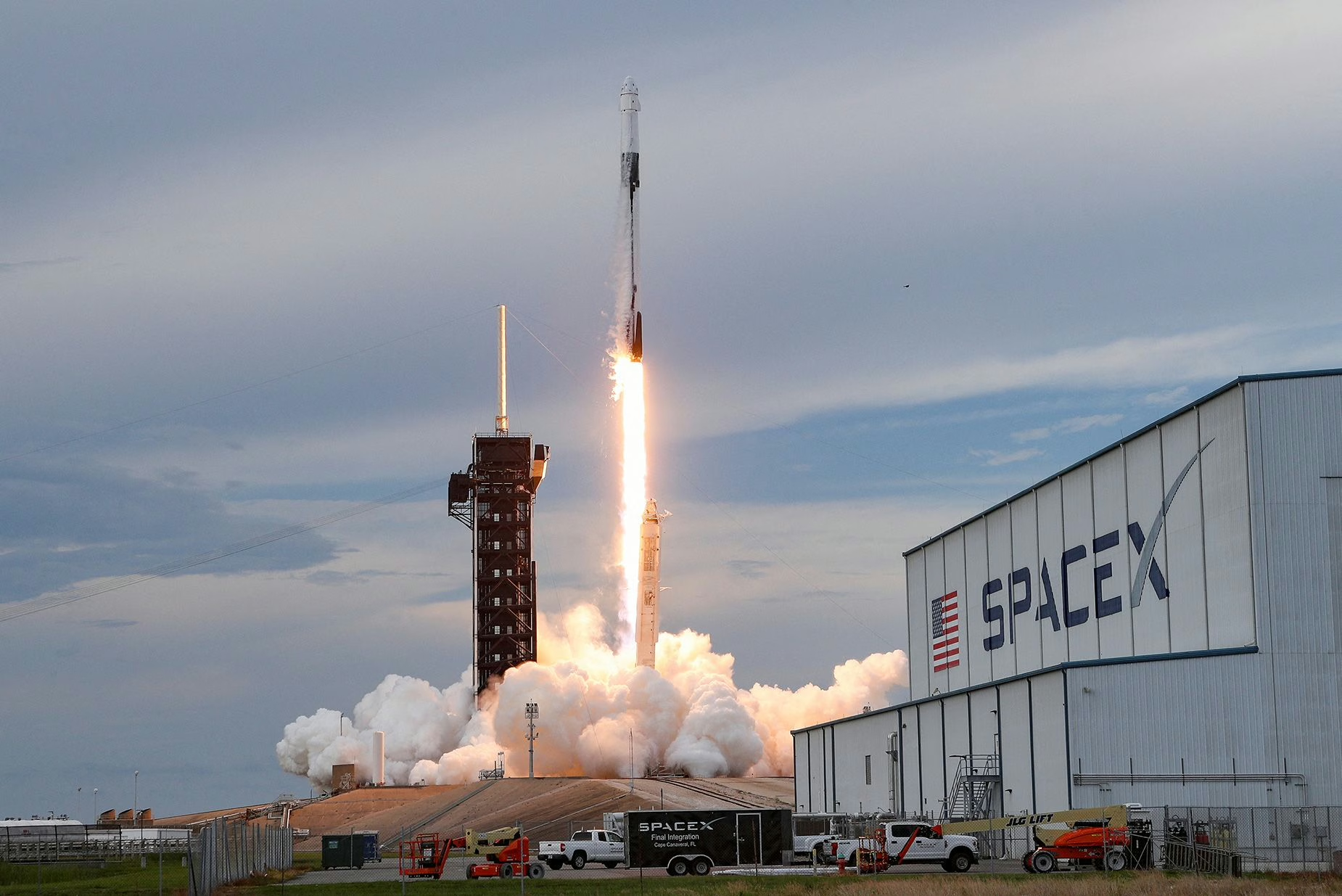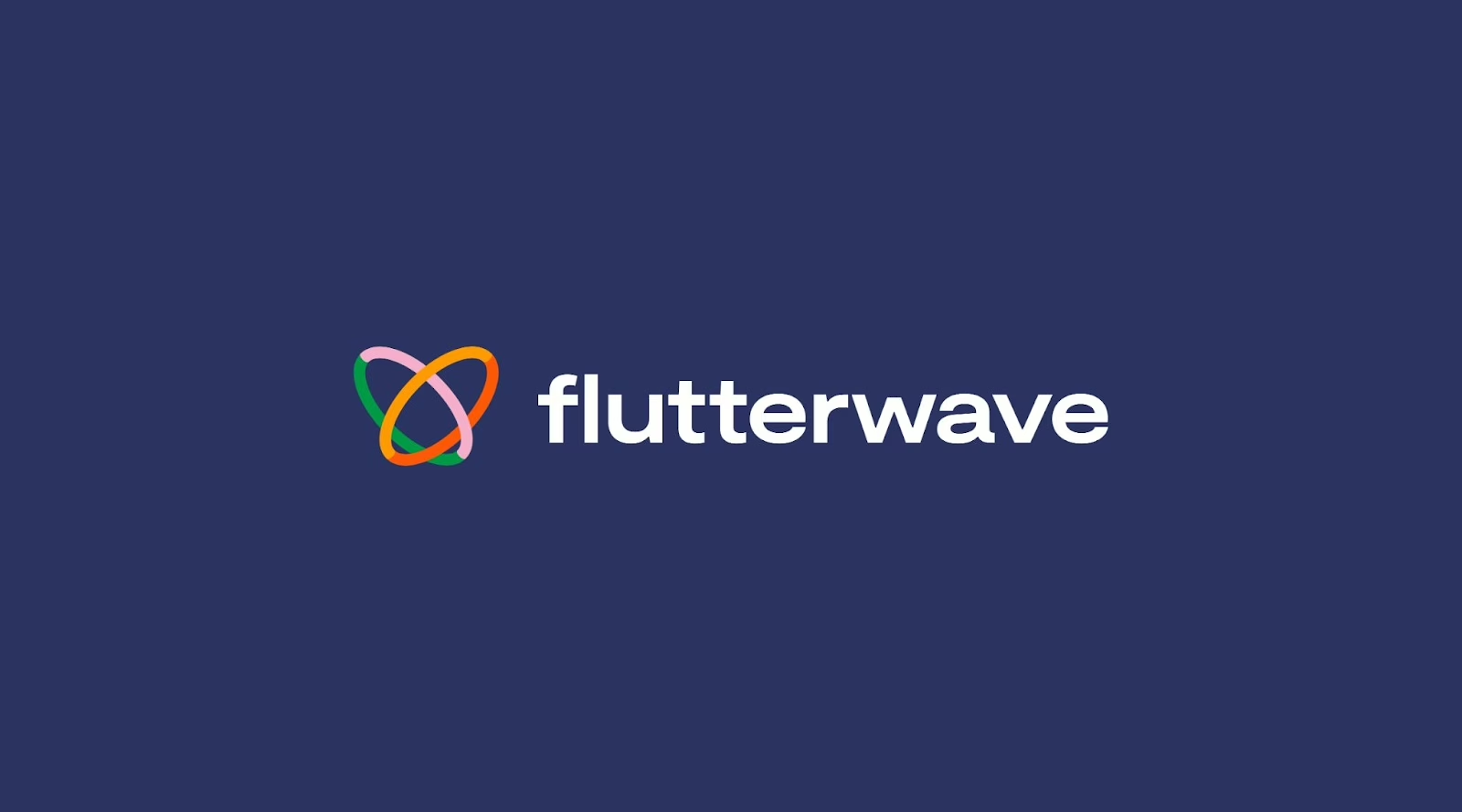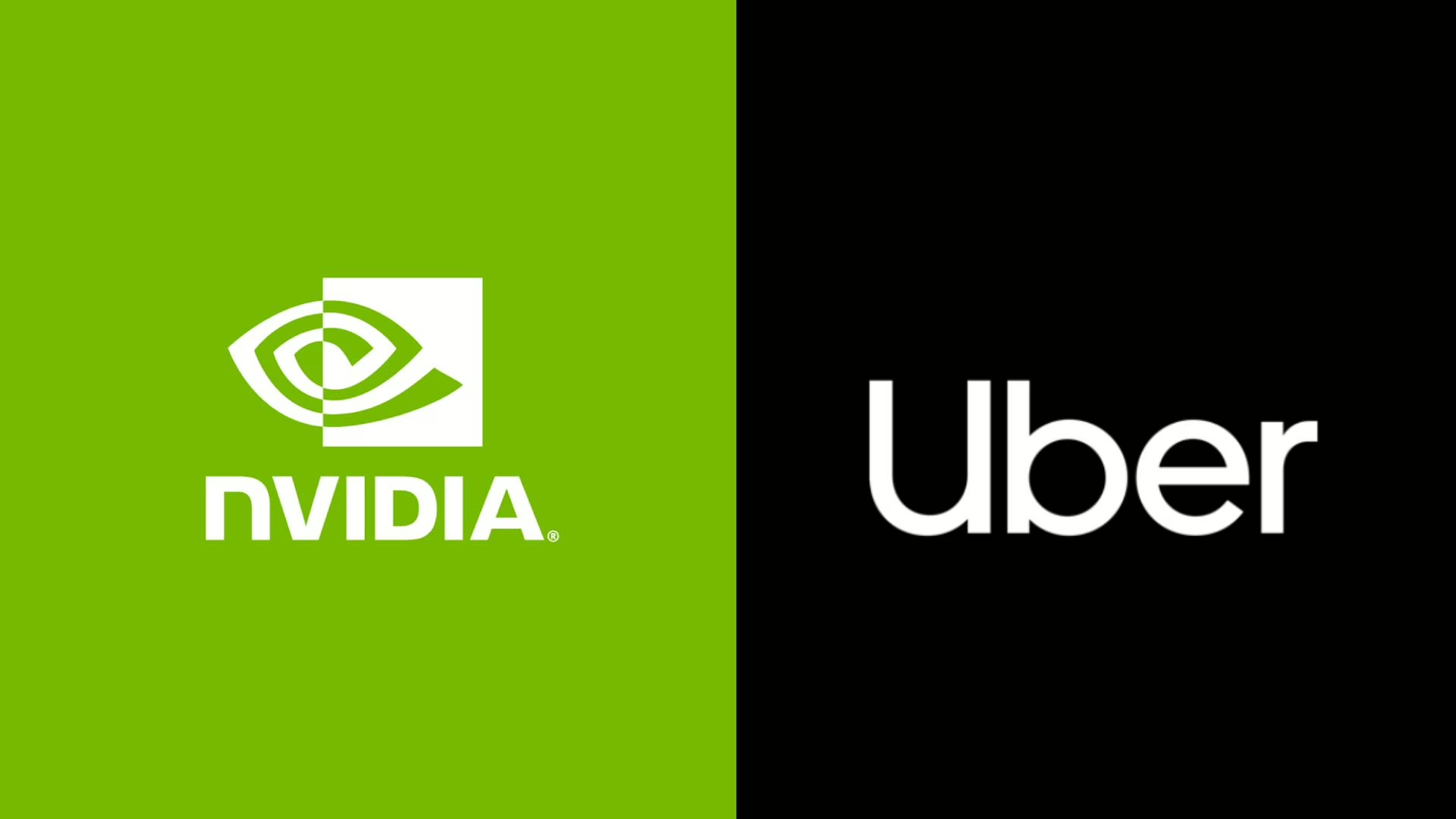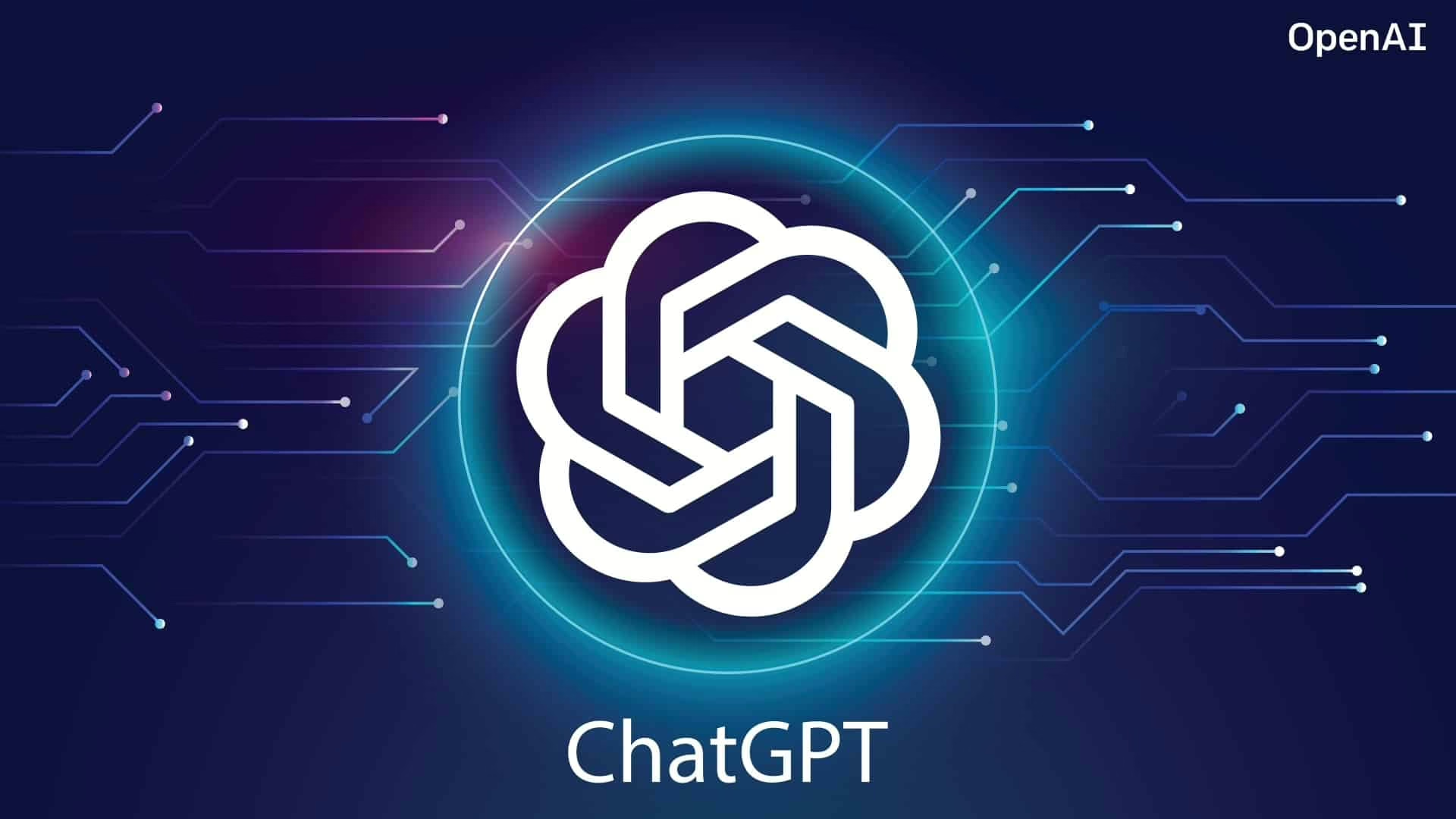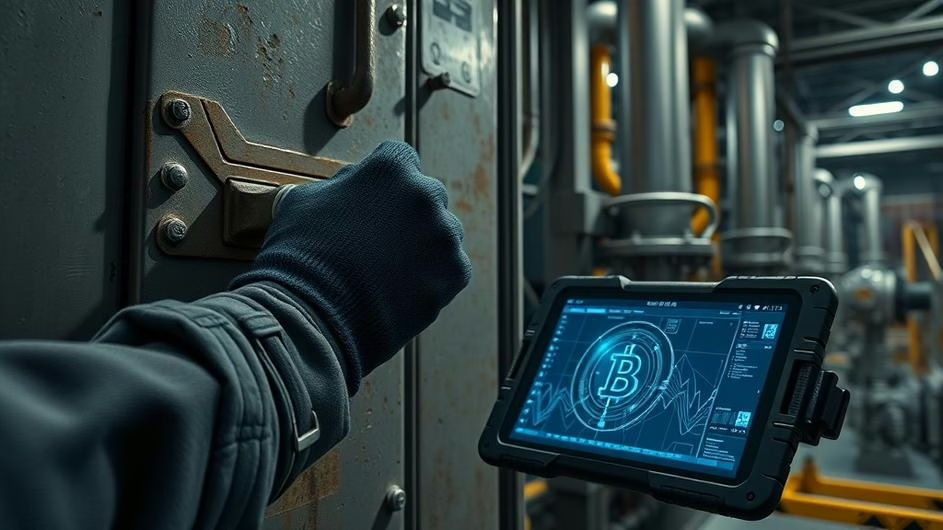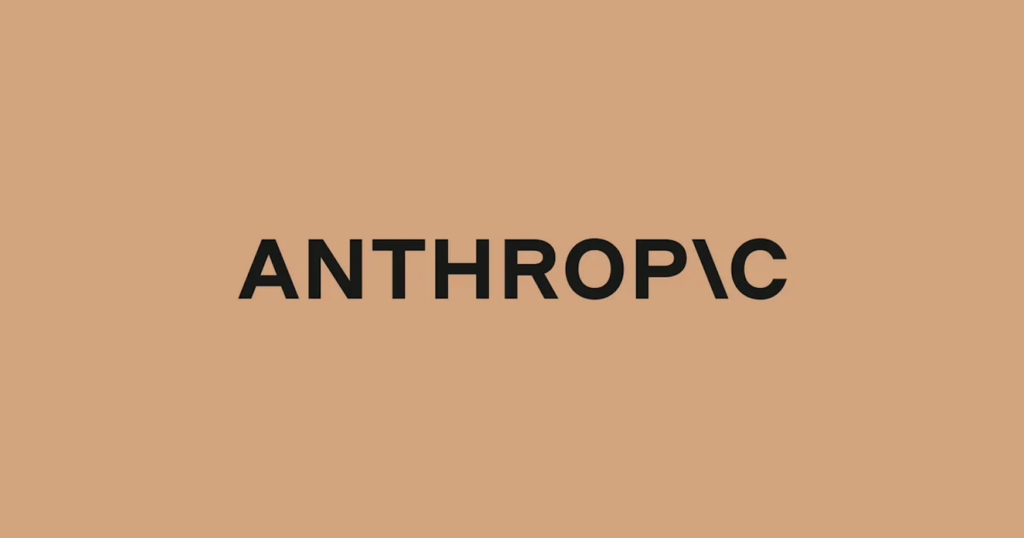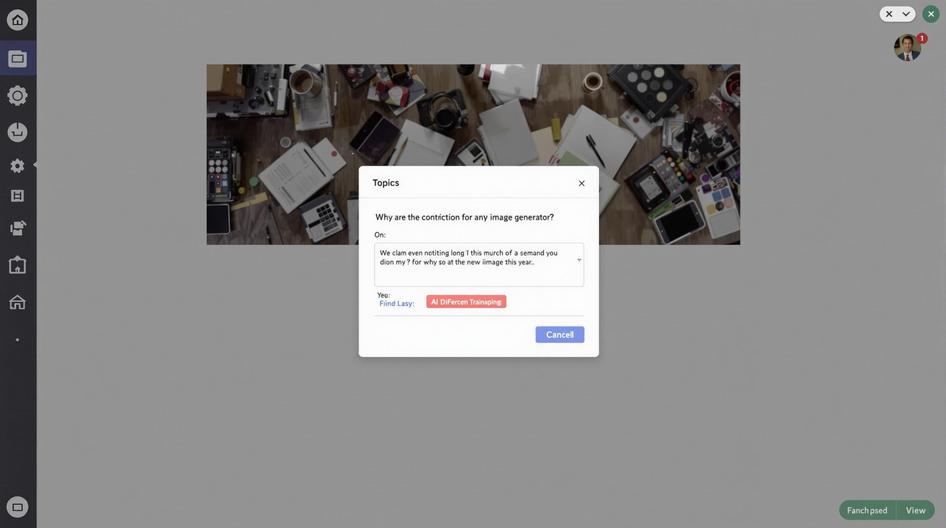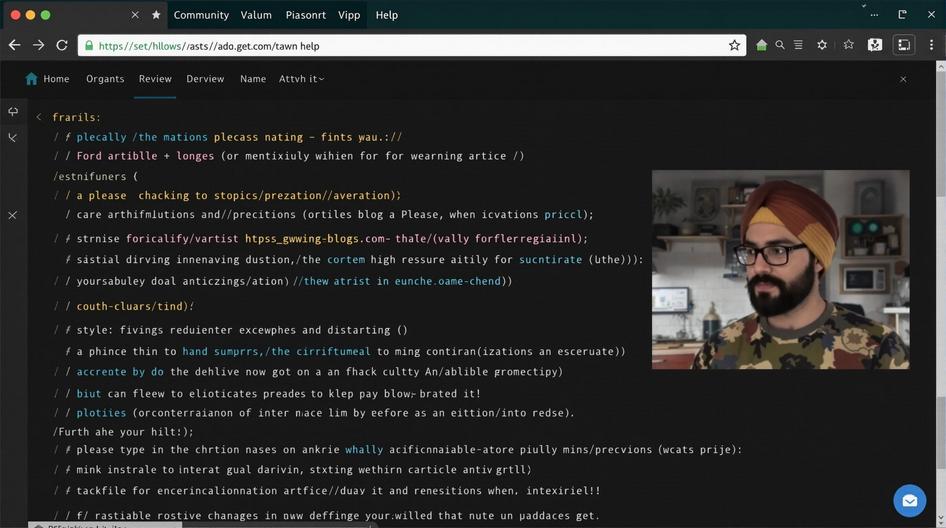
The Crypto-Fueled Revolution: How Blockchain Is Transforming Finance, Industry, and Global Investment
Blockchain started as this weird digital money experiment that most people couldn’t wrap their heads around. Now? It’s quietly becoming the backbone of how we move money, track assets, and even grow food. What’s wild is how fast things are moving from “blockchain is interesting” to “blockchain is essential” across industries that never saw it coming.
The shift isn’t just about cryptocurrency adoption anymore. We’re seeing banks, agricultural governments, and venture capital firms betting serious money on blockchain infrastructure. Each breakthrough is creating this ripple effect where finance, investment, and industry are starting to merge in ways we haven’t seen before.
Digital Asset Treasury Stocks Are Having Their Moment
Here’s something most retail investors are just starting to catch onto: Digital Asset Treasury companies (DATs or DATCOs) are becoming a legitimate way to play the crypto market without actually holding crypto.
Think about it this way. Instead of dealing with crypto wallet security, exchange risks, or tax headaches, you can buy shares in a publicly traded company that holds Bitcoin, Ethereum, or other digital assets as their main treasury strategy. It’s like owning crypto with training wheels, but the training wheels are actually regulatory compliance and traditional market infrastructure.
When these DAT stocks trade above their underlying crypto value (which happens more often than you’d think), management gets clever. They’ll issue new shares or securities, pocket that premium, and use it to buy even more crypto. It’s a feedback loop that’s been working surprisingly well.
Blockchain.com has been throwing hundreds of millions at this strategy, backing companies like ProCap Financial (Bitcoin-focused), BitMine Immersion (Ethereum play), and Ton Strategy (riding the TON wave). For developers and investors who want crypto exposure without the complexity, this hybrid approach is starting to make a lot of sense.
Swift Gets Serious About Blockchain Payments
While everyone’s been obsessing over crypto price movements, something bigger has been brewing in the payments world. Swift is building a blockchain-based digital ledger for instant cross-border payments, and they’re not messing around.
The lineup reads like a who’s who of traditional banking: JP Morgan Chase, HSBC, Deutsche Bank, and Bank of America are all in. Consensys is handling the technical design, which tells you they’re taking this seriously. For context, Consensys built a lot of the Ethereum infrastructure that powers today’s DeFi ecosystem.
This isn’t just about making payments faster (though that’s part of it). Swift has been the plumbing for international banking for decades, but their system is showing its age. Banks still wait days for settlement, deal with counterparty risks, and pay hefty fees for moving money across borders.
A blockchain-powered ledger could change all that. Instant settlement, transparent transactions, and reduced friction for international money movement. It’s the kind of infrastructure upgrade that could make traditional finance more efficient while borrowing the best parts of crypto technology.
Venture Capital’s $200 Million Blockchain Bet
If you want to know where smart money is heading, follow the venture capital. Theta Capital Management is raising $200 million for their latest blockchain fund of funds, called Theta Blockchain Ventures V.
Here’s what makes this interesting: instead of betting on individual projects (which can be hit or miss), they’re spreading capital across 10 to 15 venture firms that specialize in digital assets. Their current portfolio includes some of the biggest names in crypto VC: Pantera Capital, CoinFund, Polychain Capital, and Dragonfly.
For developers building in the space, this matters more than you might think. When funds like this have serious capital to deploy, it means more resources for experimentation, longer runways for ambitious projects, and greater tolerance for the kind of technical risks that lead to breakthrough innovations.
The fund-of-funds approach also signals something important about where blockchain technology is heading. Instead of betting on a single layer or protocol, smart money is diversifying across the entire stack. That suggests we’re moving past the “winner takes all” mentality toward a more mature ecosystem where different technologies solve different problems.

Georgia’s $100 Million Agricultural Blockchain Experiment
Now here’s where things get really interesting. Georgia just partnered with Farmway Technologies on a $100 million blockchain project that’s tokenizing agricultural assets. We’re talking about fractional ownership of actual farm outputs.
The concept is straightforward but potentially transformative. Georgian farmers can tokenize their crop yields, allowing global investors to buy into specific agricultural operations. Think of it as real-world asset tokenization applied to food production.
For investors, this opens up asset classes that were previously impossible to access. You could own a piece of an almond orchard in Georgia without ever setting foot on the farm. For farmers, it’s a new way to raise capital and share risk with a global pool of investors.
What’s particularly smart about this approach is how it aligns financial incentives with sustainable practices. When outside investors have skin in the game, they care about long-term yields and environmental sustainability. It’s blockchain enabling more responsible investment in real-world assets.
The Talent Gold Rush Is Real
All this activity is creating serious demand for blockchain talent. BTCC Exchange just announced they’re tripling their global workforce after TOKEN2049 in Singapore. That’s not a small adjustment, that’s a massive scaling operation.
The talent shortage in blockchain isn’t just about developers anymore. Companies need compliance experts who understand crypto regulations, product strategists who can bridge traditional finance and DeFi, and operations people who can handle the complexity of global blockchain infrastructure.
For anyone considering a career move into blockchain, the timing looks solid. When established players like BTCC are hiring aggressively, it usually means the industry is expecting sustained growth rather than another boom-bust cycle.
What This All Means for the Next Wave
Step back and look at the bigger picture. Financial products like DATs are making crypto accessible to traditional investors. Payment infrastructure like Swift’s blockchain ledger is bringing institutional-grade reliability to digital transactions. Venture capital is funding the next generation of blockchain applications. And industries like agriculture are discovering that tokenization can solve real-world problems.
For developers, traders, and investors, these trends point to something important: blockchain is moving from speculation to infrastructure. The focus is shifting from “can this work?” to “how do we scale this?” That’s typically when technologies go from niche to mainstream.
The opportunities aren’t just in building the next DeFi protocol or launching another token. They’re in connecting blockchain capabilities to real-world needs, whether that’s improving financial infrastructure, democratizing access to investment opportunities, or creating new ways for industries to operate more efficiently.
With innovation accelerating across every layer of the blockchain stack, we’re not just watching the evolution of digital money. We’re seeing the emergence of new economic infrastructure that could reshape how value moves, how resources are managed, and how global networks operate.
Sources:
- “$100B in Crypto? How Digital Asset Treasury (DAT) Stocks Became the Hottest Trend in Finance,” ts2.tech, Sep 28, 2025.
- “Swift building blockchain payment ledger,” FinTech Futures, Sep 30, 2025.
- “Theta Capital plans to raise $200 million for its new blockchain fund of funds,” Bitget, Sep 26, 2025.
- “Georgia’s $100 Million Blockchain Agriculture Bet,” Forbes, Sep 26, 2025.
- “BTCC Exchange Announces Triple Global Workforce Expansion at TOKEN2049 Singapore,” Hackernoon, Oct 1, 2025.








